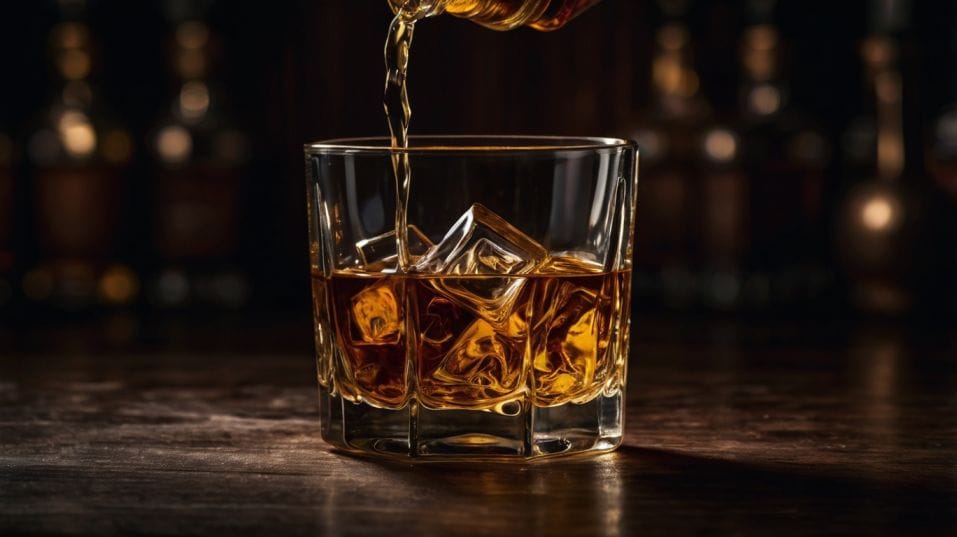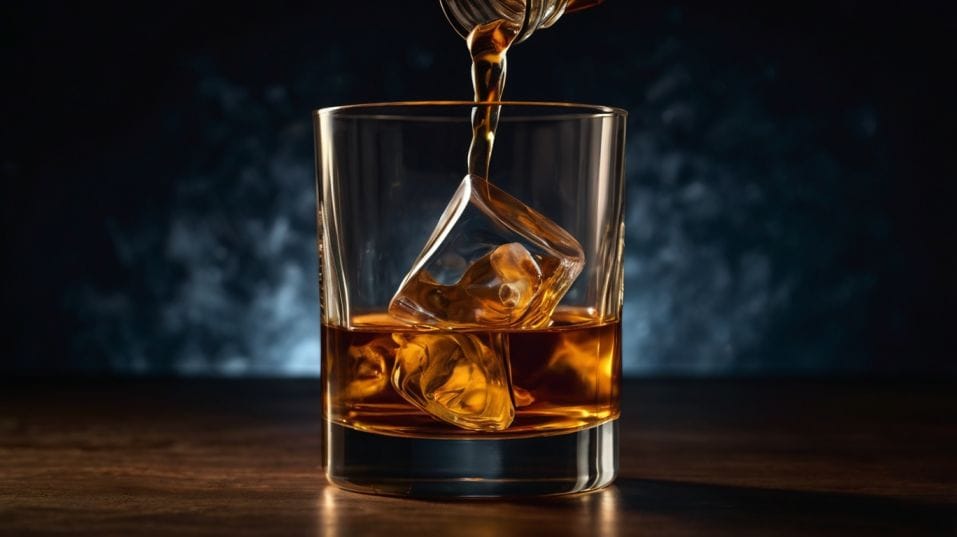Glass vs. Crystal: Does It Matter?
Wondering if crystal or glass makes a difference in whiskey tasting? Discover how the right vessel unlocks flavor, focus, and confidence.

Ever wondered if your whiskey glass is holding you back? For those early in their whiskey journey, it’s not just what you drink—it’s how.
The difference between crystal and glass isn’t about luxury. It’s about unlocking flavor, aroma, and focus. Your glass can either heighten the experience or flatten it. So yes, it matters—and not for the reasons you might think.
Whiskey Isn’t Just Liquid—It’s Volatile
Every whiskey you pour is a shifting, layered story. Ethanol carries aromas upward. Esters, aldehydes, and phenols rise, evolve, and vanish in seconds.
A heavy, dull tumbler mutes that experience. A thin-walled, well-shaped vessel coaxes it out.
Crystal, particularly lead-free crystal, is prized in whiskey circles for its responsiveness. It’s thinner than pressed glass, usually hand-finished or machine-cut with extreme precision.
When you swirl a pour in crystal, you’re not just mixing air—you’re unleashing aroma. That ripple across the surface isn’t just for show. It stirs volatile compounds into motion, giving you a more expressive, immediate nose.
Standard glass—especially the kind you find in bargain tumblers or multi-purpose barware—can dull that moment.
It’s thicker, more heat-retentive, and more resistant to those micro-agitations. That doesn’t make it bad. But it means you’re working harder to get less.
If you're tasting something complex—say, a cask-strength Highland with a whisper of sulfur or a wheated bourbon packed with dark fruit—those differences matter.
You don’t want to miss nuance. You don’t want to flatten contrast. The glass either amplifies your senses or deadens them.

Shape Comes First. Then Material.
Here’s the hard truth: 90% of bad whiskey glassware isn't bad because it’s made of glass. It's bad because it's shaped wrong.
Whiskey needs containment and direction. A glass that’s too wide opens up too quickly, letting volatile aromas escape before you can analyze them. A glass that’s too narrow or straight traps harsh ethanol and buries the subtleties.
Crystal gives designers the freedom to shape the rim and bowl with precision. You’ll often find gently tapering tulip forms, fine-edged rims, and weighted stems that balance perfectly in your hand.
These design details aren’t fluff—they guide the aroma directly to your nose, focus the mouthfeel across your palate, and keep you locked into the experience.
That said, a well-shaped tasting glass made from pressed glass can still beat a poorly designed crystal tumbler. Don’t get distracted by sparkle. Prioritize shape first. Material is your edge, not your foundation.
Ritual, Weight, and the Psychology of Touch
There’s a reason experienced tasters pay attention to the feel of a glass—not just what’s inside it.
Your hand, your posture, even the way you swirl all shape the mindset you bring to the pour. And this is where crystal starts to show its edge beyond just form or function.
Crystal Isn't Just Pretty—It Changes How You Taste
Tasting whiskey isn’t just about what you smell or taste—it’s about how you move, what you notice, how you focus. This is where crystal does more than just perform—it persuades.
Crystal feels different. It’s lighter in the hand. More precise at the lip. More resonant when you swirl or tap it. These subtle cues make you slow down. They tell your brain this is worth paying attention to.
That matters when you're tasting something rare, subtle, or evolving. Whiskey rewards patience and repeat attention. The right glass supports that mindset.
It’s not snobbery—it’s a tool. Like sharpening a knife before you prep dinner. Or putting on headphones to hear a track you’ve listened to a hundred times.
If you want to start refining your palate and collecting with purpose, your senses need training. Crystal helps. It keeps you intentional. It reminds you that whiskey isn’t just fuel—it’s craft, culture, and chemistry in a glass.
Leaded vs. Lead-Free Crystal: Know What You're Using
Let’s clear up a lingering concern: yes, old crystal contained lead oxide. No, you shouldn’t be drinking from it regularly. And definitely don’t store whiskey in it long-term.
Modern crystal—especially anything labeled lead-free—uses alternatives like barium, zinc, or titanium oxide. These keep the clarity and weight but eliminate toxicity risks. If you’re buying new, look for a “lead-free” label.
If you're using vintage or thrifted pieces, use them for display or single-pour sessions—not storage.
Also, skip crystal decanters for aging or long-term display. Unless it’s explicitly lead-free, any contact over days or weeks can leach trace amounts into your whiskey. Looks cool. Not worth it.
When Crystal Isn’t Worth It
Not every pour needs a throne. Sometimes you’re sipping casually, teaching a friend, or testing a flight blind. In those moments, a simple tasting glass does just fine. Spend your money on whiskey, not ornaments.
Crystal matters most when the stakes are higher: when you’re evaluating something new, breaking down a flavor map, or chasing clarity in something complex. Use your best tools when they make the biggest difference.
And don’t mistake price for performance. Plenty of overpriced crystal glasses are wide, heavy, and poorly balanced. Choose based on function, not cost or status.
If it feels good in the hand, hits your nose with focused aroma, and helps you taste more, it's a keeper.
Final Thoughts
Crystal vs. glass isn’t about luxury—it’s about control. The more seriously you take whiskey, the more you’ll value tools that help you isolate aroma, dissect flavor, and train your senses.
So yes, it matters. But it only matters if you’re paying attention. Crystal gives you precision. Glass gives you reliability. The best setup? A mix of both—smartly chosen, shaped with purpose, and used with intent.
Tonight, taste with purpose. Use the good glass. Take five minutes longer with your next pour. Train your senses like they matter—because they do.




